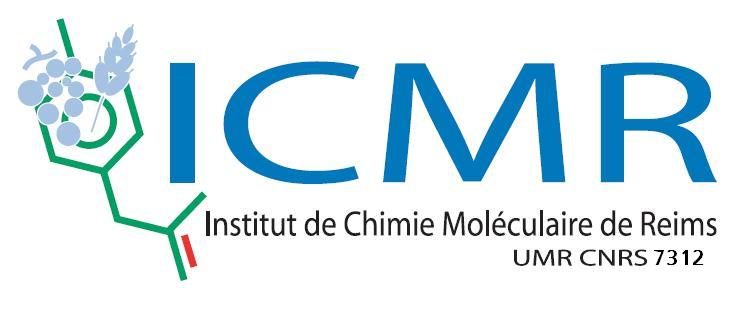Effects of Electron Beam Irradiation on 3D-Printed Biopolymers for Bone Tissue Engineering
Résumé
Implanting scaffolds designed for the regeneration or the replacement of bone tissue damaged by diseases and injuries requires specially designed biomaterials that promote cell adhesion. However, the biodegradation rate of these scaffolds based on a single material is uniform. Four-dimensional printing appears to be a promising method to control this aspect by changing the shape and/or the intrinsic properties of 3D-printed objects under the influence of external stimuli. Two main classes of biomaterials and biocomposites based on biopolyesters, namely poly(lactic acid) (PLA) and poly(caprolactone) (PCL), were used in this study. Each of them was mixed with the inorganic filler hydroxyapatite (HA), which is a component of natural bone. The biocomposites and biomaterials were prepared using the melt extrusion process and then shaped using a 3D printer. Three-dimensional specimens showed a decrease in elongation at break and breaking strain due to variations of crystallinity. The crystallinity of irradiated samples increased slightly with irradiation and a new crystalline phase was observed in the case of the PLA. Four-dimensional printing of biomaterials using electron radiation shows great promise for bone tissue engineering based on biocomposite scaffolds and other medical applications.
| Origine | Fichiers éditeurs autorisés sur une archive ouverte |
|---|---|
| licence |



